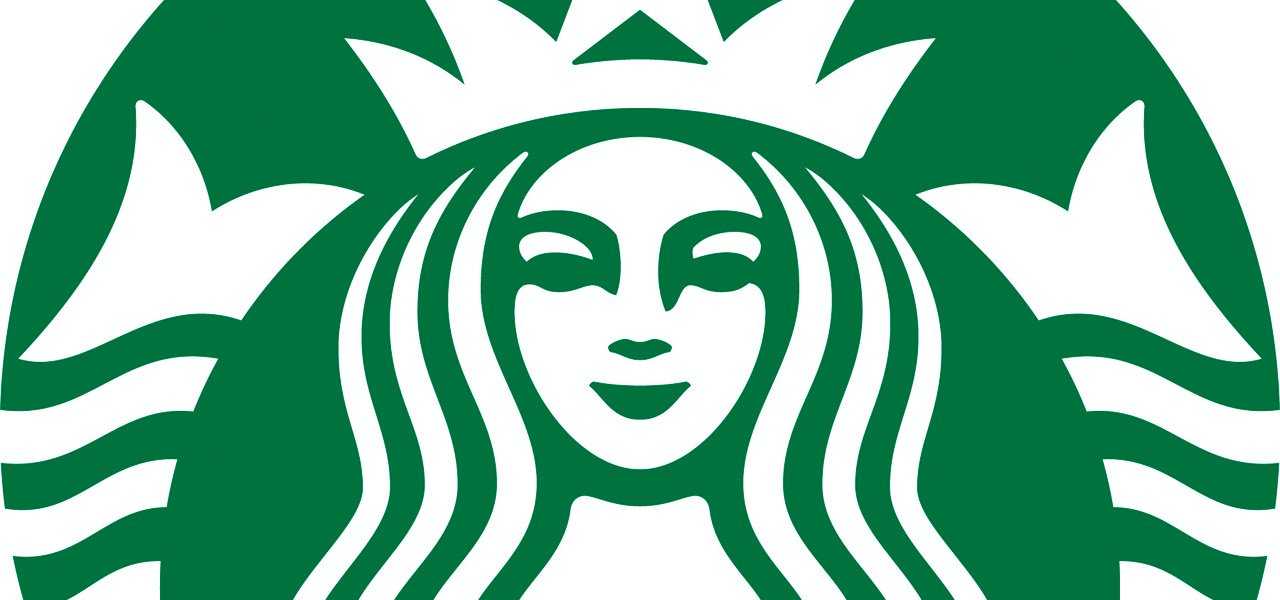By Kate Taylor*
Subway and McDonald’s are the top two restaurant chains in the world, and have seen their fair share of controversy
Now Starbucks, the number 3 coffee chain, is struggling to stay true to the premium reputation that put it on the map.
With more than 21,000 locations in 65 countries, Starbucks is indisputably a global phenomenon. However, as chains grow internationally, they often loses their sense of authenticity — something that is essential to Starbucks’ brand.
McDonald’s is a case study in the polarizing effect a global brand can have. The chain has sparked protests around the world, with critics shaming the chain for everything from not paying employees enough to the definitively false claim the chain puts worms in burgers.
For a while, it seemed that McDonald’s negative reputation was finally catching up with the chain. Up until last year, the chain was seriously struggling, with slumping sales and decreased traffic in key markets around the world, including the US and China. However, today it looks as though McDonald’s is turning things around — in part because the chain made some reputation-boosting changes like testing healthier options, improving food quality, and increasing employee wages.
Still, McDonald’s is a brand that has built its reputation on speed and affordability. Starbucks, on the other had, values speed, but has managed to ratchet up prices with elaborate lattes and a growing food menu. Positioning itself as an “affordable luxury,” the coffee chain is selling atmosphere just as much as it is selling beverages.
Spending more than a couple dollars on a cup of coffee is essentially a luxury purchase. Yet, it is one that Starbucks convinces millions of people to make a year. If the brand is no longer seen as a reliable and authentic indulgence worth spending money on, this all could come crashing down.
In recent years, Starbucks’ reputation has evolved from premium coffee to super-sugary lattes. In other words, the chain that invented the Pumpkin Spice Latte may be becoming too basic to convince the average customer that beverages are high-quality enough to be worth the extra dollars.
Widespread popularity is the “kiss of death for trendy… brands, particularly those positioned in the up-market younger consumer sectors,” industry expert Robin Lewis writes on his blog.
To maintain its modern, authentic reputation, Starbucks needs to maintain at least some degree of hipster credibility.
Gaining and retaining coffee snobs’ respect has been a major investment for the company in recent years, especially as it grows Starbucks Reserve.
The coffee chain opened its first Reserve Roastery and Tasting Room in Seattle in late 2014, as a means of showcasing the company’s more gourmet coffee offerings. Now, the company is opening 500 Reserve locations around the world, serving a cup of plain, black coffee for $4.
“We continue to elevate and bring premiumization to the entire coffee category with our Starbucks Reserve brand,” Starbucks CEO Howard Schultz said in an earnings call last October.
“The Starbucks Reserve offers consumers the finest assortment of exclusive micro-lot coffees from around the world and is now available in thousands of Starbucks stores globally, reflecting a diversity of origin and sourcing capability that only Starbucks can deliver.”
The quest to maintain a premium reputation also affects what drinks Starbucks introduces to the menu. Since last January, Starbucks has introduced the Flat White and the Latte Macchiato — two espresso-based beverages that provide a more minimalist take on coffee than over-the-top, super-sweet Frappuccinos and lattes.
Hopefully for Starbucks, the premium touch of espresso drinks and the Reserve brand can influence customers’ perception of the company as a whole.
If Starbucks becomes a global McCoffee as the chain expands, the company would be unlikely to make a McDonald’s-inspired recovery. Instead, it’s key that Starbucks continues to highlight its roots and authenticity — even if most customers would rather drink a Pumpkin Spiced Latte than a premium cold brew.









 CAPS: the new proprietary system using capsules made of 85% recycled aluminium
CAPS: the new proprietary system using capsules made of 85% recycled aluminium







